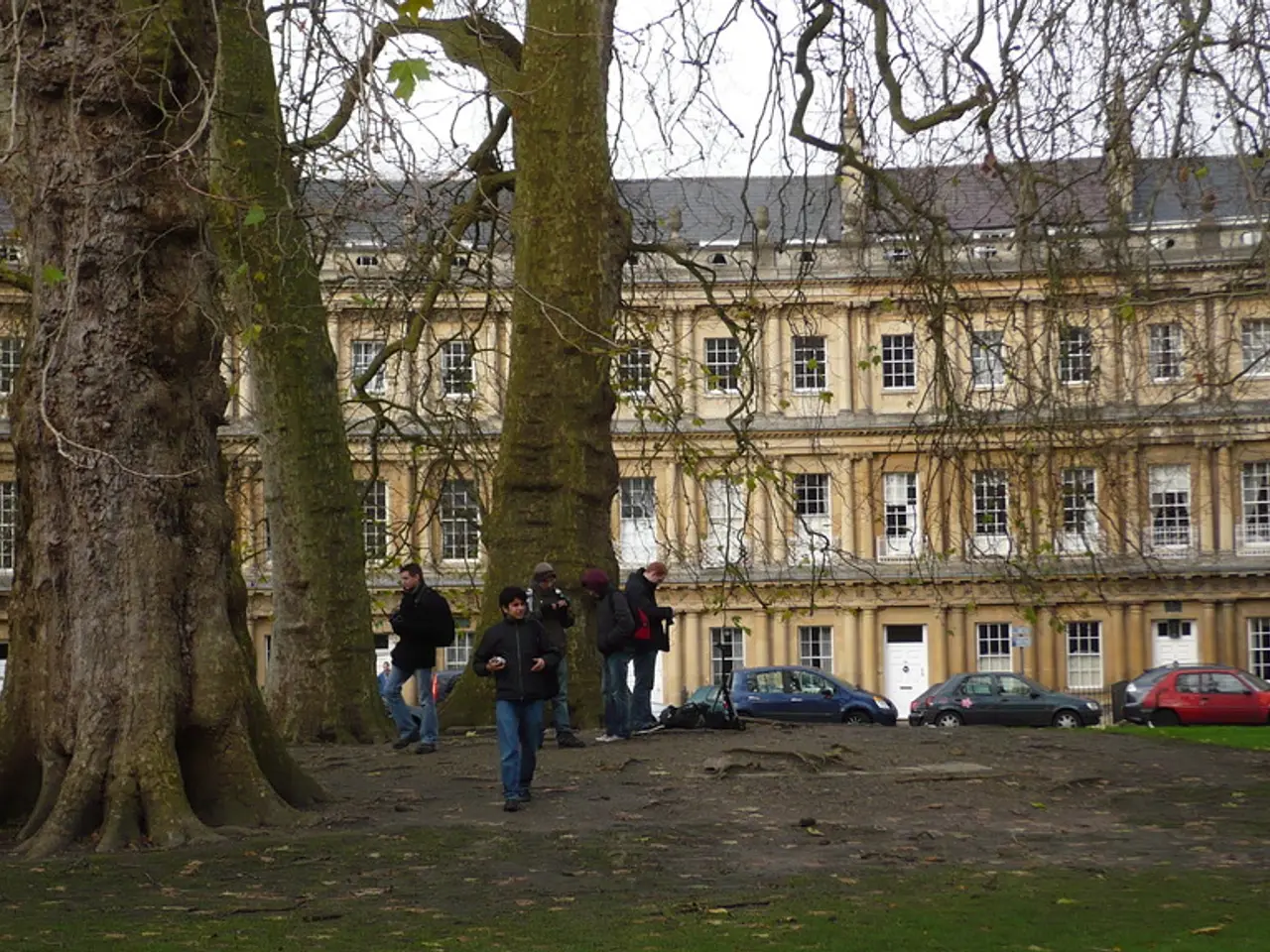Strategies for Tracking Missing Individuals: Proven Methods for Finding People in Need
In the search for missing individuals, a coordinated and multi-faceted approach significantly increases the chances of a swift and successful recovery. By integrating social networks, authorities, professional help, technology, and community resources, the likelihood of finding someone lost is significantly improved.
### Social Networks: Rapid Awareness and Clues
Social media platforms have become powerful tools in spreading awareness rapidly, reaching wide audiences who may have seen the missing person. Posts can include photos, descriptions, and last known locations, helping to generate leads and gather essential information. Additionally, Open Source Intelligence (OSINT) techniques can enhance search efforts by analysing publicly available data such as social media profiles, geotagged posts, and historical activity to build behavioural profiles and infer possible locations.
### Authorities: Formal Investigation and Access to Data
Law enforcement agencies play a crucial role in the search for missing persons. They use pattern analysis, combining communications data, CCTV footage, financial records, and vehicle tracking (like ANPR systems) to narrow down the missing person’s location, especially for adults who have more mobility and multiple devices. Police coordinate transportation-focused inquiries, checking public transit usage or vehicle access depending on the age group of the missing person. Authorities also maintain centralized databases, such as ACIC’s “Never Forgotten” webpage, where real-time updates and photographs of missing persons are stored and disseminated for public awareness.
### Professional Help: Expert Analysis and Multi-Agency Cooperation
Specialized units and professionals, such as detective inspectors and forensic analysts, bring expertise in interpreting data and managing multi-agency cooperation. OSINT professionals contribute by applying advanced analytical tools and machine learning algorithms to detect patterns, especially in human trafficking or exploitation cases where missing persons may be hidden in networks.
### Technology: Precise Tracking and Efficient Search
Mobile device GPS tracking, metadata extraction, satellite imagery, and ANPR (automatic number plate recognition) are crucial technological aids that help track movements or last known whereabouts. Platforms using geospatial and temporal intelligence allow investigators to track movements or pinpoint safe houses and trafficking routes through digital footprints and location data. Real-time public-facing tools and databases improve information sharing and citizen involvement in searches.
### Community Resources: Grassroots Support and Local Knowledge
Community awareness campaigns amplify reach through local networks, helping locate missing children often found with friends or in familiar community areas offering free Wi-Fi or transport hubs. Community members can provide valuable eyewitness accounts or tips that might not come through official channels quickly. Schools, transport hubs, and local businesses are key locations to check for clues based on the missing person's usual habits or needs, especially for youth.
By integrating these strategies—leveraging social media intelligence, law enforcement investigative techniques, expert analysis, advanced technology, and active community participation—the chances of locating a missing person quickly and safely are significantly improved. Each component plays a complementary role: social networks for rapid awareness and clues, authorities for formal investigation and access to data, professionals for expertise, technology for precise tracking, and community for grassroots support. In cases of a disappearance, contacting law enforcement is crucial, and engaging as many resources as possible can help locate missing individuals and build awareness.
The utilization of social media platforms like home-and-garden websites, Instagram, Twitter, or Facebook, can rapidly disseminate information about missing persons, reaching vast audiences who may have encountered them. This sharing can provide essential details such as photos, descriptions, and last known locations, aiding in generating leads and gathering clues for the investigation.
In order to maintain a central hub for missing person information, authorities can leverage home-and-garden style websites, or similar platforms, to store real-time updates and photographs of missing individuals. These databases can help facilitate public awareness and contribute to the swift recovery of missing persons.




